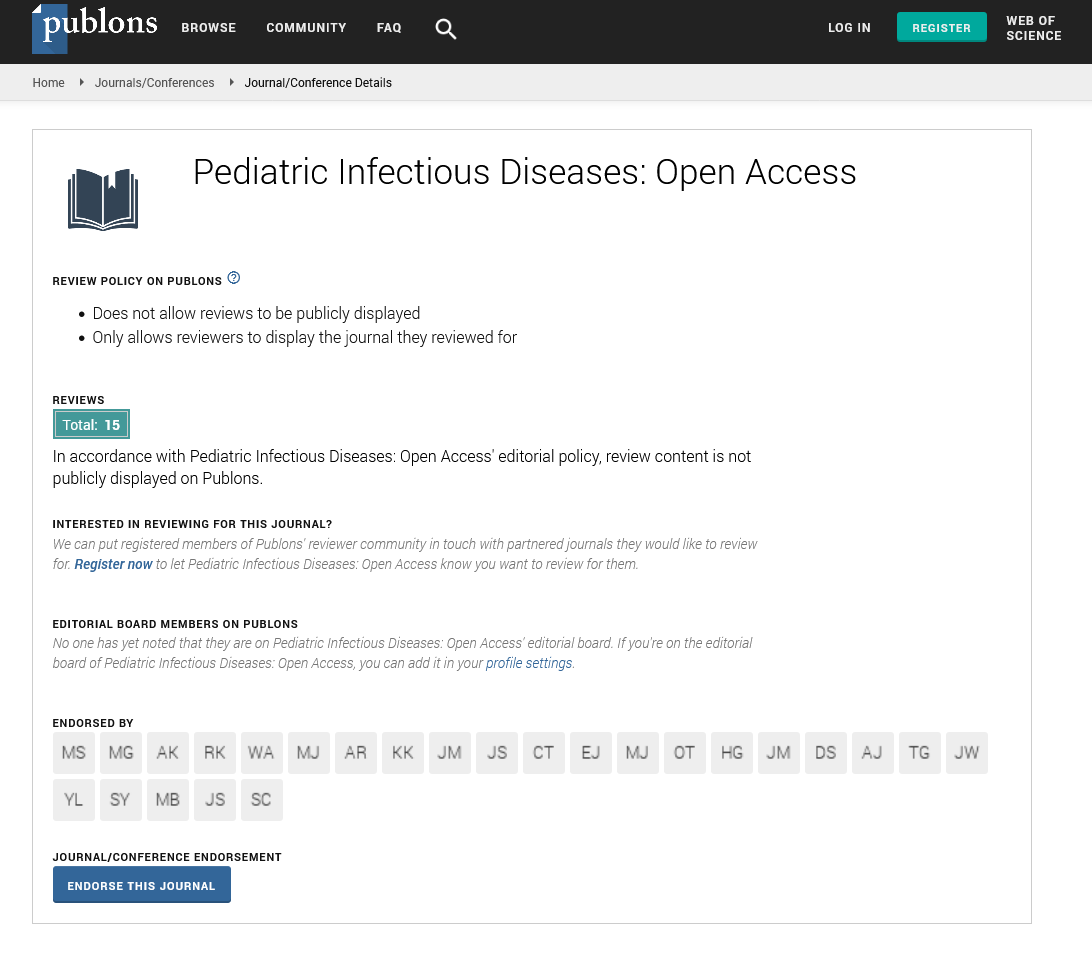Abstract
Risk factors and outcomes with morbidity and mortality pattern of Respiratory distress in term neonates in a tertiary care center: a hospital-based prospective observational study
Introduction: Respiratory distress (RD) is a common problem during the newborn period with considerable mortality. It occurs in approximately 6.7 percent of neonates. A newborn with nasal flaring, tachypnoea, chest wall retractions, and grunting is often judged as having RD. It is common immediately after birth and is transient in most cases. Common medical causes of RD in term newborns include transient tachypnoea of the newborn (TTNB), meconium aspiration syndrome (MAS), birth asphyxia, sepsis, and pneumothorax. The risk factors that emerged as being significant included: a history of maternal smoking, Caesarean section (CS) extraction, and male sex.TTNB is the most common cause of neonatal RD. Inclusion criteria included tachypnoea, retractions, and grunting, requiring an increased concentration of inspired oxygen, usually to less than 40%, with chest roentgenogram showing good inflation and perihilar streaking and normal blood culture. Meconium Aspiration Syndrome (MAS) is considered to be a relatively common event in term newborns. The symptoms are similar to TTNB but more severe, more tachypnoea, retraction, and may need more oxygen. Bacterial infection is another possible cause of neonatal RD. In spite of the varying recent advances in clinching diagnosis and management, there have been very less clinical studies in terms of neonatal RD in our country. This study aims to assess the risk factors, and short-term outcomes of RD in term newborns and also to decide upon the appropriate intervention to be used. It also aims to study the morbidity and mortality of RD. These prompt us to recommend the reduction of these risk factors to decrease the percentage of RD in full-term newborn babies.
Author(s): Neha Chowdary
Abstract | Full-Text | PDF
Share this

Google scholar citation report
Citations : 230
Pediatric Infectious Diseases: Open Access received 230 citations as per google scholar report
Pediatric Infectious Diseases: Open Access peer review process verified at publons
Abstracted/Indexed in
- Google Scholar
- China National Knowledge Infrastructure (CNKI)
- Cosmos IF
- Secret Search Engine Labs
Open Access Journals
- Aquaculture & Veterinary Science
- Chemistry & Chemical Sciences
- Clinical Sciences
- Engineering
- General Science
- Genetics & Molecular Biology
- Health Care & Nursing
- Immunology & Microbiology
- Materials Science
- Mathematics & Physics
- Medical Sciences
- Neurology & Psychiatry
- Oncology & Cancer Science
- Pharmaceutical Sciences


